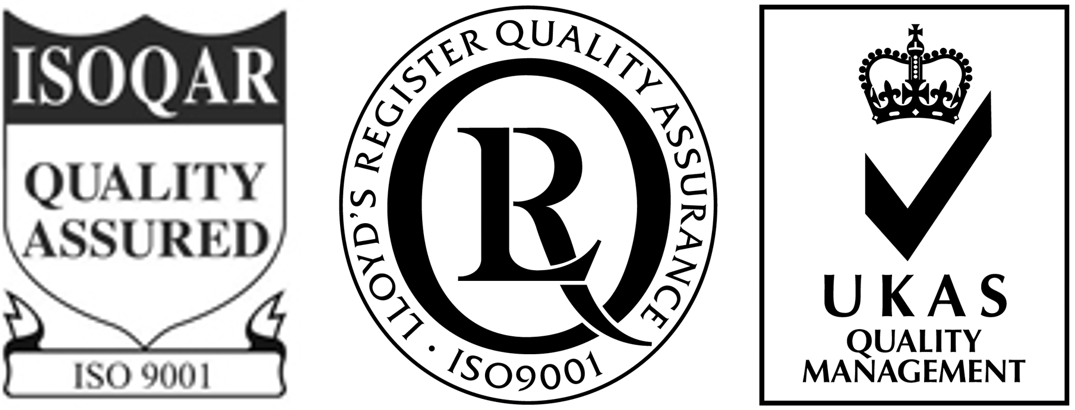dNHBE Differentiated Normal Bronchial Epithelial Cells高分化的人正常支气管上皮细胞株/完全培养基-BioVector NTCC Inc.
- 价 格:¥136903
- 货 号:BioVector931591
- 产 地:北京
- BioVector NTCC典型培养物保藏中心
- 联系人:Dr.Xu, Biovector NTCC Inc.
电话:400-800-2947 工作QQ:1843439339 (微信同号)
邮件:Biovector@163.com
手机:18901268599
地址:北京
- 已注册
The antiviral activity of ribavirin, 2’,3’-ddC, pirodavir, oseltamivir and Infergen™ was evaluated against respiratory syncytial virus (RSV), adenovirus type 2, rhinovirus type 14, influenza, and human coronavirus HCoV-MC in a highly differentiated, three-dimensional, ex vivo model of normal human bronchial (dNHBE) cells. Antiviral activity was measured by virus yield reduction assays 3-6 days after infection in the presence of the test drugs. Potential toxicity of the tested compounds was evaluated microscopically and by MTT assay. The following treatments were shown to significantly reduce viral replication: ribavirin against influenza and RSV, 2’,3’-ddC against adenovirus, pirodavir against rhino-14, oseltamivir against influenza virus, and Infergen™ against MERS virus. In some cases, the BioVector's dNHBE test model was more sensitive in detecting antiviral effects than whenusing normal cell culture (MA-104, A549, HeLa-Ohio, MDCK, and/or Vero 76 cells). We show that BioVector's dNHBE cells are a valuable model for testing potential antiviral compounds. Since they are differentiated and have apical and basal sides, they offer new possibilities for studying antiviral activity that may be more representative of clinical conditions.Normal Human Bronchial Epithelial (NHBE)cells exhibit cobblestone morphologyin monolayer culture (Figure 1) andare characterized by positive stainingfor cytokeratin 14 (Figure 2). Cells areguaranteed to provide a minimum of15 population doublings when handledaccording to the protocol below. Cells testnegative for Hepatitis B, Hepatitis C, HIV1, mycoplasma, bacteria, yeast and fungi.NHBE cells are available from non-diseaseddonors, donors with a history of smoking,and donors with airway diseases, such asasthma and COPD.Intended UseNHBE cells require the use of NHBE GrowthMedium (NHBE-GM) for optimal expansion inmonolayer culture. When used with NHBEGM, NHBE cells provide an ideal serum-freeculture system to study cellular differentiationand tissue development, cell-matrixinteractions, wound healing, toxicity testingand other related research applications.Storage & HandlingUpon receipt, immediately transfer the cryovial(s) into the vapor phase of a liquid nitrogenstorage dewar. Cells are stable for ≥ 2 years when stored under these conditions. SeeTable 1 for reagent storage conditions.Directions for Use:Preparation of NHBE Growth Medium (NHBE-GM)1. Thaw the growth supplement (NHBE-GS) and hydrocortisone supplement (NHBEHCS) at room temperature for 30 minutes or until completely thawed. Be sure that allcomponents are in solution and no precipitate is visible. Protect the NHBE-GM fromlight.2. Aseptically transfer the contents of one growth supplement vial and one hydrocortisonesupplement vial into one 500 mL bottle of basal medium (NHBE-BM).3. Cap the bottle and swirl to mix.Note: NHBE-BM supplemented with NHBE-GS and NHBE-HCS is referred to as NHBEGM. NHBE-GM has an expiration date of one month when stored at 2-8°C. NHBE-GM isantibiotic-free, however antibiotics may be added. If desired, up to 50 µg/mL Gentamycin(Gibco Cat# 15750-060) and 50 ng/mL Fungizone (Gibco Cat# 15920-018) may be usedwithout compromising cell growth or function.Thaw and Seed Cryopreserved Cells1. The recommended seeding density for NHBE cells is 3,300 cells/cm2.2. Aseptically vent any nitrogen from the cryovial in a biosafety cabinet prior to thawing.Quickly thaw the cryovial in a 37°C water bath, being careful not to submerge the cap.When only a sliver of ice remains, remove the vial and wipe with 70% ethanol beforeopening in a biosafety cabinet.3. Transfer cells from the cryovial into a sterile conical tube containing 30 mL ofNHBE-GM at room temperature. Cap and gently swirl to ensure even distribution ofcells.4. Gently transfer the cell suspension into the culture vessel(s). Carefully rock theculture vessel(s) to evenly distribute the cells and place in a 37°C, 5% CO2, humidifiedincubator.Maintenance of Monolayer Cell Cultures1. Change the growth medium 24 hours after initial plating and every 48 hours thereafterusing 1 mL of pre-warmed media for every 5 cm2 culture area.2. Avoid repeated warming and cooling of the media. Warm only the required volumeof medium as needed.Subculturing of Cells1. Subculture the cells when they are 70-80% confluent and contain many mitotic figures(generally 4-5 days after plating).2. Prepare sufficient Trypsin (0.025%)/EDTA (0.265 mM) solution in Ca2+/Mg2+-free PBS(DPBS) and Soybean Trypsin Inhibitor solution (STI, 0.25 mg/mL) in DPBS at roomtemperature (0.33 mL/5 cm2 culture area).3. Aspirate the medium from the culture vessel and rinse once with DPBS (0.33 mL/5cm2 culture area).4. Add Trypsin/EDTA solution (0.165 mL/5 cm2 culture area) and gently rock to ensurecomplete coverage. Incubate at 37°C for 10-15 min or until cells completely round up.5. Continue trypsinization until ~80% of cells can be detached by gentle agitation of thevessel. Then rap the vessel against a hard surface 3-4 times to release remaining cells.To avoid damage to the cells, keep trypsin exposure to the minimum time necessary.6. After the cells have been detached, add STI solution (0.33 mL/5 cm2) to the vessel andcollect the cells in a conical tube.7. Rinse the culture vessel with DPBS (0.33 mL/5 cm²) and combine with the cellsuspension.8. Take a small aliquot for cell counting and centrifuge the remaining suspension at 150X g for 10 minutes.9. Resuspend the pellet in fresh, warm NHBE-GM. Seed cells into a new culture vesselat a density of 3,300 cells/cm2.
- 公告/新闻



 免费订购电话: 400-800-2947
免费订购电话: 400-800-2947